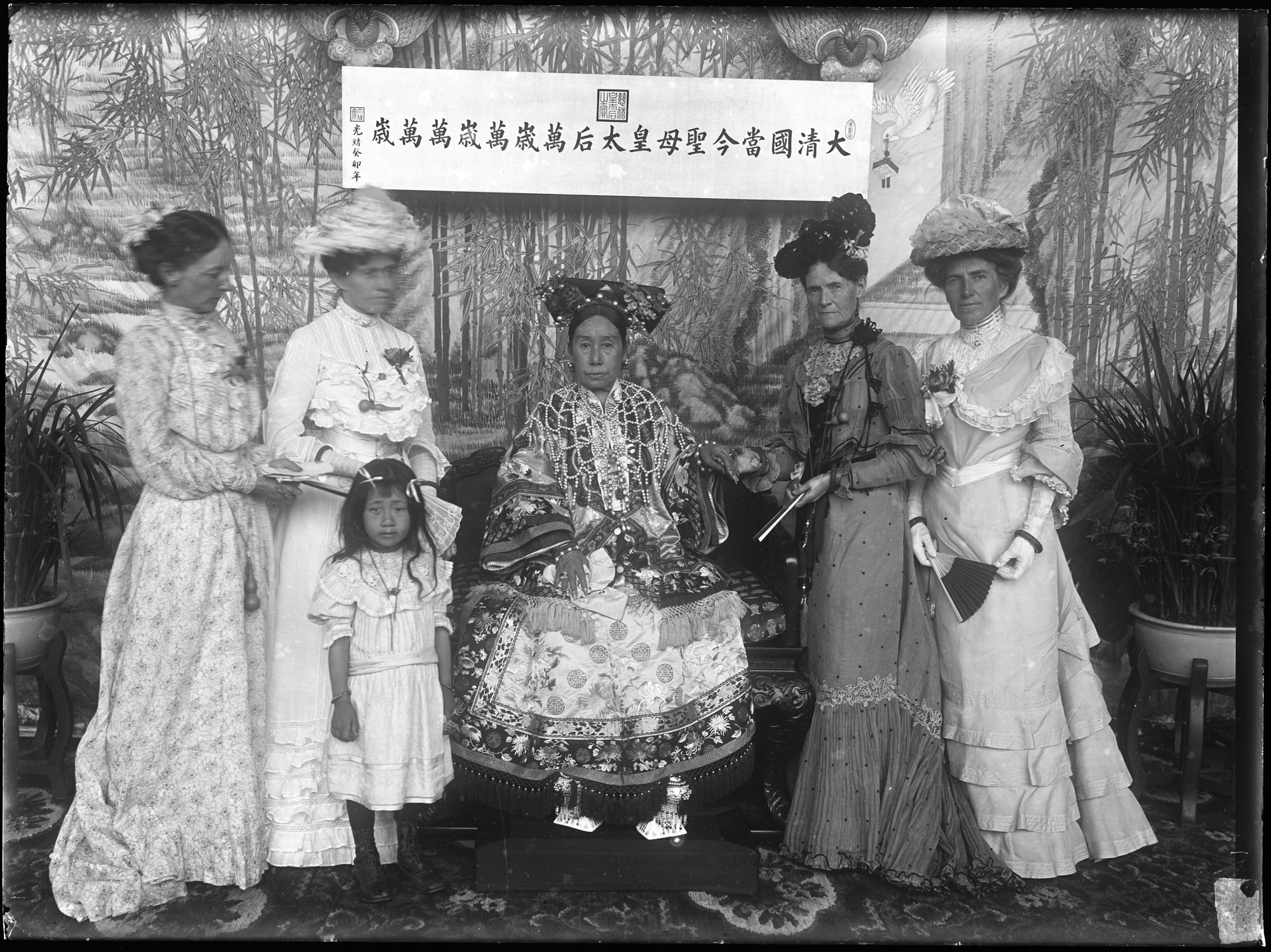The Qing dynastythe last imperial dynasty of China, 1644–1911. ruled China from 1644 to 1912. The Qing(ching) rulers were originally from Manchuriaa region of northeast China; includes part of Inner Mongolia and the provinces of Heilongjiang, Jilin, and Liaoning. (northeast of modern China) and maintained many Manchu(man-choo) ethnic group that lived for centuries in the northeast of modern-day China. In the seventeenth century CE, Manchu people conquered China and ruled there for more than 250 years. customs throughout their reign. The fall of the Qing in the early twentieth century marked the end of thousands of years of dynastic rule in China. There were many reasons for the fall of the Qing, including pressure from both inside and outside the country. This lesson will focus on four events that weakened China and led to the end of dynastic rule: the Opium Wars (1839–42, 1856–60), the Taiping Rebellion (1850–64), the First Sino-Japanese War (1894–95), and the Boxer Rebellion (1899–1901).
The last powerful ruler of Qing China was the Empress Dowagerthe title given to the widowed mother of an emperor in China, Japan, Korea, and Vietnam. Cixi(tsz-she) (1835–1908). While still a teenager, Cixi became a concubinea woman who lives with a man but has lower status than his wife or wives. of the Xianfeng(shee-en fuhng) Emperor and gave birth to a son. When the Xianfeng Emperor died, Cixi’s young son became the Tongzhi(tong-jur) Emperor and Cixi began her rule as regenta person who rules a country in circumstances of minority, absence, or disability of the monarch.. When her son died, she became a regent for her nephew, the Guangxu(gwahng-shoo) Emperor. She would control China for forty-seven years, ruling from 1861 until her death in 1908. Cixi was a formidable ruler, yet she refused to adopt new, western models of governance. Her refusal to modernize, combined with continuing pressure from foreign nations who wished to open China and take advantage of its vast resources and markets, would lead to the eventual downfall of dynastic rule. After Cixi’s death, her grand-nephew, Puyi, became the twelfth and last Qing emperor. When he was forced to abdicate the throne in 1911, he was only six years old.
This lesson will begin with the photograph entitled “The Empress Dowager Cixi with foreign envoys’ wives in Leshoutang(luh-show-tahng), Summer Palace, Beijing (1903–1905)” (FSA A.13 SC-GR-249).
After the Boxer Rebellion, the Qing court began an unprecedented level of diplomatic engagement to improve relations with key foreign nations. This strategy included presenting photographic prints of Cixi as gifts for diplomats. This photograph is one such gift.






